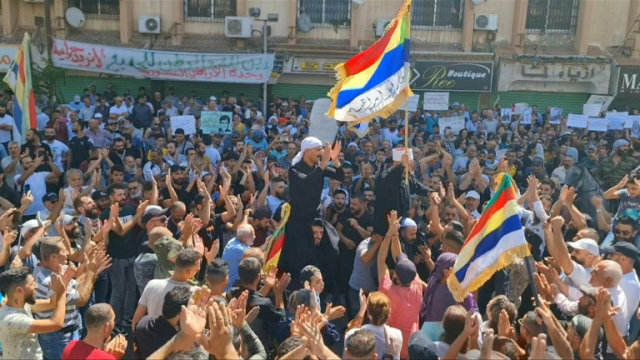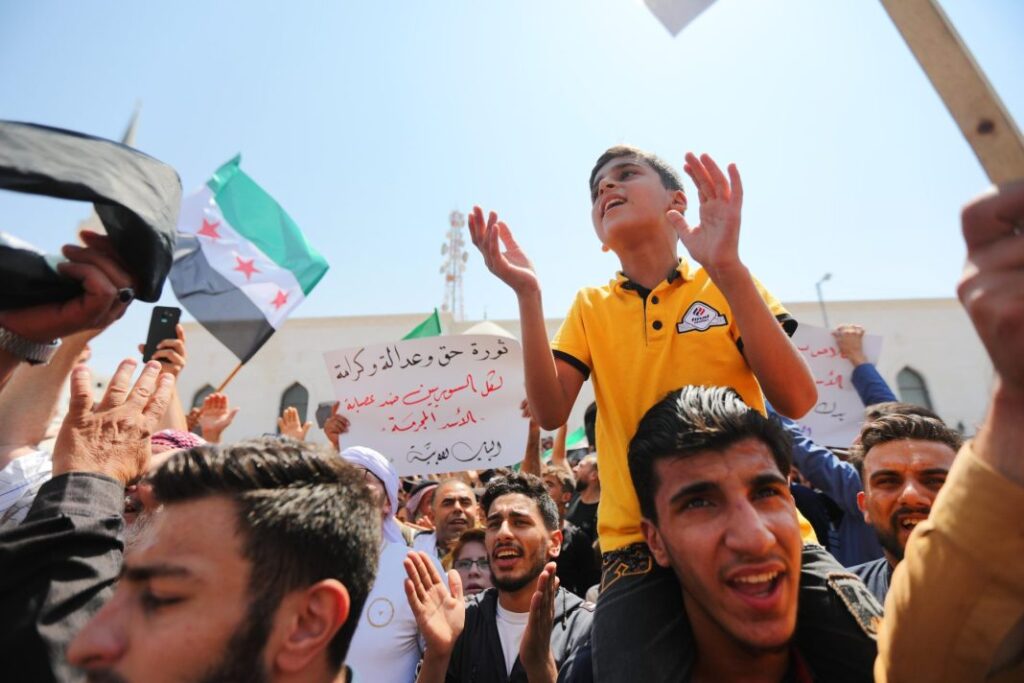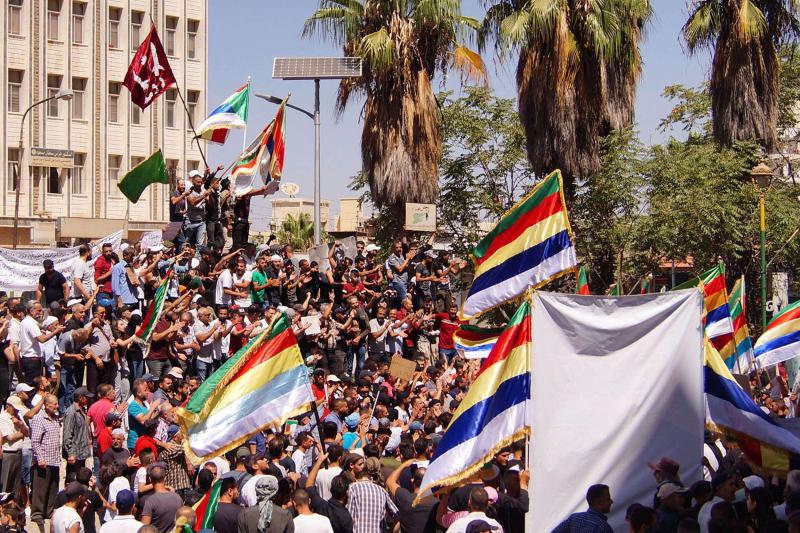The protests in Syria began because of rising prices and the country’s bad economy. But soon, people started to demand that the government led by President Assad should be removed.
The protests mainly happened in Sweida, a place controlled by the government and home to the Druze people, who mostly stayed out of the fighting between Assad and his opponents.
In a surprising move, protesters even kicked members of Assad’s party out of their offices and wrote anti-government slogans on the walls.

These protests have made the Assad government nervous, but they don’t seem to be a big threat. The government has mostly taken back control of the country, and Syria has made up with many of its neighbors.
But many Syrians are very angry, even those who didn’t join the first protests in 2011, which led to a long and brutal civil war.
The final straw for some was when President Assad cut back on the money the government spends on fuel and gas two weeks ago. He also increased the low wages and pensions that government workers and retirees get, but that didn’t help much. Instead, prices went up even more, and the Syrian money lost even more value. This made life even harder for millions of people who were already very poor.
After that, protests began in Sweida and the nearby province of Daraa.

For the past ten years, Sweida had mostly stayed away from the big problems happening in Syria. There were some small protests about corruption and the bad economy, but this time, hundreds of people joined in, and they started talking about how the government was treating them badly, just like in 2011.
“People have reached a point where they can no longer withstand the situation,” said Rayan Maarouf, who runs a local media group.
Even though President Assad’s position has improved recently, life for most Syrians has gotten worse. Many people have been killed, and millions had to leave their homes because of the fighting. The country’s buildings and roads are falling apart, and most people are very poor.
Almost all Syrians are living in poverty, and there is a lot of corruption and sanctions from Western countries that are making things even worse.
In Daraa, where the 2011 protests began, at least 57 people were arrested during these protests, but unlike in 2011, the government didn’t use deadly force.
In Sweida, the government has been more careful because it doesn’t want to upset the Druze people too much. During the war, the government said it was protecting religious minorities like the Druze from extremist groups.
Over the years, young men in Sweida have also armed themselves to defend their villages from groups like ISIS and militias linked to the government that make and sell illegal drugs.
Joseph Daher, a researcher, believes this might be why the protests in Sweida haven’t faced as much violence as in other parts of the country.
In the capital city Damascus and other places controlled by the government, some people are quietly showing support for the protests. They write messages on paper and share them on social media.
Others are suffering in silence, struggling to buy basic things because prices are so high. One person in Damascus said that if she bought two containers of milk for her son, she would have spent all her money for the month.
The protests happening now show that even in places where people didn’t want to protest against President Assad, they are doing it because the economy is very bad.
Do you think these protests could make Assad lose his power?
Daher said that could only happen if all the protesters joined together.
“You can see some support from people in other cities for Sweida,” Daher said. “But it wouldn’t really affect the government unless the protesters in different cities worked together.”

